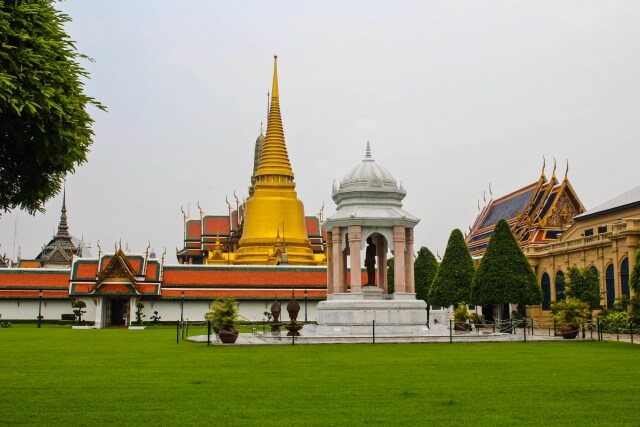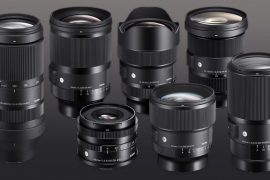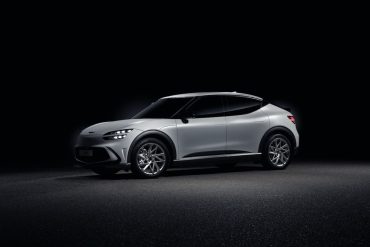Sometimes when discussing photography gear, especially lenses, there can be a bit of confusion around the exact terminology. I remember when I first started shooting, I often referred to telephoto as a zoom lens since it was “zooming in” my view! I’ve since learned better but occasionally hear new photographers making the same mistake. Since zoom and telephoto lenses have distinct purposes in your bag, it’s worth talking about what is a zoom lens vs a telephoto lens and how to use each!
What’s the Difference Between a Zoom Lens vs Telephoto Lens?
Let’s get obvious out of the way: both lenses do, in fact, “zoom in” your field of view. Most (but not all) zoom lenses have the ability to create a field of view that’s narrower than what you’d normally experience by focusing on a subject or field of view using your eyes.
40-50mm is considered the “normal” field of view. If you take a photo using either a normal prime (non-zooming) lens or the 40-50mm setting on your zoom, you’ll have a very natural-looking photograph.
Anything beyond this range is considered telephoto, which gives the image interesting characteristics. For one, telephoto fields of view create the illusion of the background appearing much closer to your subject than normal. They “pull” distant objects closer, which tends to create a flattering perspective in portraits as well (wide-angle lenses push away distant objects, which can result in a clownish perspective for portraits but stunning landscapes).

Image by Gerhard G. from Pixabay
A zoom lens that can create a telephoto view may also be able to create a wide-angle view, though! The 24-70mm is considered a “standard zoom” because it covers both moderate wide and slight telephoto, making it very versatile.
There are zoom lenses that don’t extend into the telephoto range at all, though. Wide-angle zooms, such as the Fujifilm XF 8-16mm f/2.8, give you exclusively wide-angle perspectives. These are mostly used in architecture and landscape photography.
You can also have telephoto zoom lenses, such as the Canon EF 70-200mm f/4L IS USM. If you know your subject is going to remain at a distance but you still need some flexibility in framing, a telephoto zoom provides just this. Telephoto zooms are typically used in sports and wildlife photography.
A simple telephoto lens, on the other hand, is what’s known as a prime lens. A prime lens has a single focal length and can’t be changed (zoomed) to a different one. Essentially, you have to “zoom with your feet” and move to a new location if you want a different framing.
At first, this sounds like a major disadvantage. Why would one ever give up the option to change focal lengths? Why use a 300mm prime when I could instead use a 70-300mm zoom?


Image by S. Hermann & F. Richter from Pixabay
When Should I Use a Telephoto Prime Lens?
Prime lenses are very useful because they can be specifically tailored to match a given focal length. Zoom lenses have to use all kinds of optical tricks to ensure that each field of view has good image quality. And they don’t always succeed here; often, a zoom will be especially sharp on the wide or telephoto end, but weaker on the opposite side. Since a telephoto only has one field of view, it’s going to be extremely sharp so long as the glass is of good quality.
A telephoto prime lens can also be designed to use a wider aperture than an equivalent zoom. Technically, there’s nothing stopping you from making, say, a 70-300mm f/2 zoom, except that it would be huge and extremely expensive. On the other hand, 200-300mm f/2 and f/2.8 prime lenses do exist in nearly every system. While they aren’t small lenses they are preferred by wildlife and sports photographers looking for shallow depth of field at an extreme distance over an f/4 or f/5.6 zoom with the same reach.
Telephoto prime lenses should be used when there’s little to no chance of your subject getting very close all at once. Wildlife photographers make great use of these for shooting shy animals like grazing herbivores on safari.
You can use shorter telephoto primes for portrait photography as well since you can fully control the movements of your model. 85mm lenses are a favorite of portrait photographers as they provide visible telephoto compression without needing to be super distant from your subject. And their apertures range from f/1.8 to f/1.2 for nice, creamy backgrounds; something harder to achieve using a zoom lens (typically f/2.8-5.6 on the telephoto end).


Image by Keith Johnston from Pixabay
When Should I Use a Zoom Lens?
All of that being said, zoom lenses have distinct advantages of their own. With the simple twist of a lens barrel, we can instantly change the field of view to fit whatever best matches our creative vision. Owning several prime lenses that cover a wide focal range will easily become both more expensive and more burdensome than a single zoom lens.
Zoom lenses are best used for photography genres where you need flexibility because you don’t know how your composition will end up. Landscape and architecture photography is one such example. And if you don’t need the fast f/1.4-f/2.8 apertures that prime lenses offer, a zoom lens is much more flexible. When stopped down to f/4-f/8, professional zoom lenses are often just as good as any prime lens that shares that focal length. You still may see a visible difference when comparing prime lenses to kit zoom lenses, however, which are meant to be cheap but easy ways to change your field of view.

Image by Michelle Raponi from Pixabay

Conclusion
It’s tempting to ask “When it comes to zoom lens vs telephoto lenses, which is better?” But really, that’s the wrong question. Both of these have a place in the bag of a dedicated photographer. Prime lenses offer a shallower depth of field, more light-gathering potential, and sometimes better image quality. Zoom lenses offer greater flexibility and speed of composition. We have interchangeable lens mount cameras to use both!
Related posts
Best Telephoto Lens For Canon- The Full Guide
Best Wide Angle Lens For Canon- The Full Guide With Sample Photos
Thanks for reading, I hope you enjoyed the article, in case you have any questions just drop them below & I will be happy to answer you.
The featured Image by hashan from Pixabay
If you enjoy the site, don’t forget to subscribe, we will only inform you when a new article is posted.









Thank you very much for this useful article. I learned a ton. My conclusion is that Zoom simply means that the focal length (apparent magnification) of the lens can be changed,. For example, it looks like it can look at things either closer up or further away by adjusting it.
Now, on the other hand, Telephoto roughly means that the lens has a relatively narrow field of view. Therefore, it can be used to look at things further away.
You are welcome Abel!
Hey Ehab, thanks so much for this post. I absolutely love the stunning pictures you used throughout the article. I’ve done some editing here and there with my phone. And I did purchase a mini tripod to shoot funny skits as a side hobby. Perhaps I’ll look into seeing if my mini tripod can be used with the lens you talk about in your post. Hope you have a wonderful day Ehab!
Most of zoom & telephoto lenses are heavy, you might consider a well steady tripod.